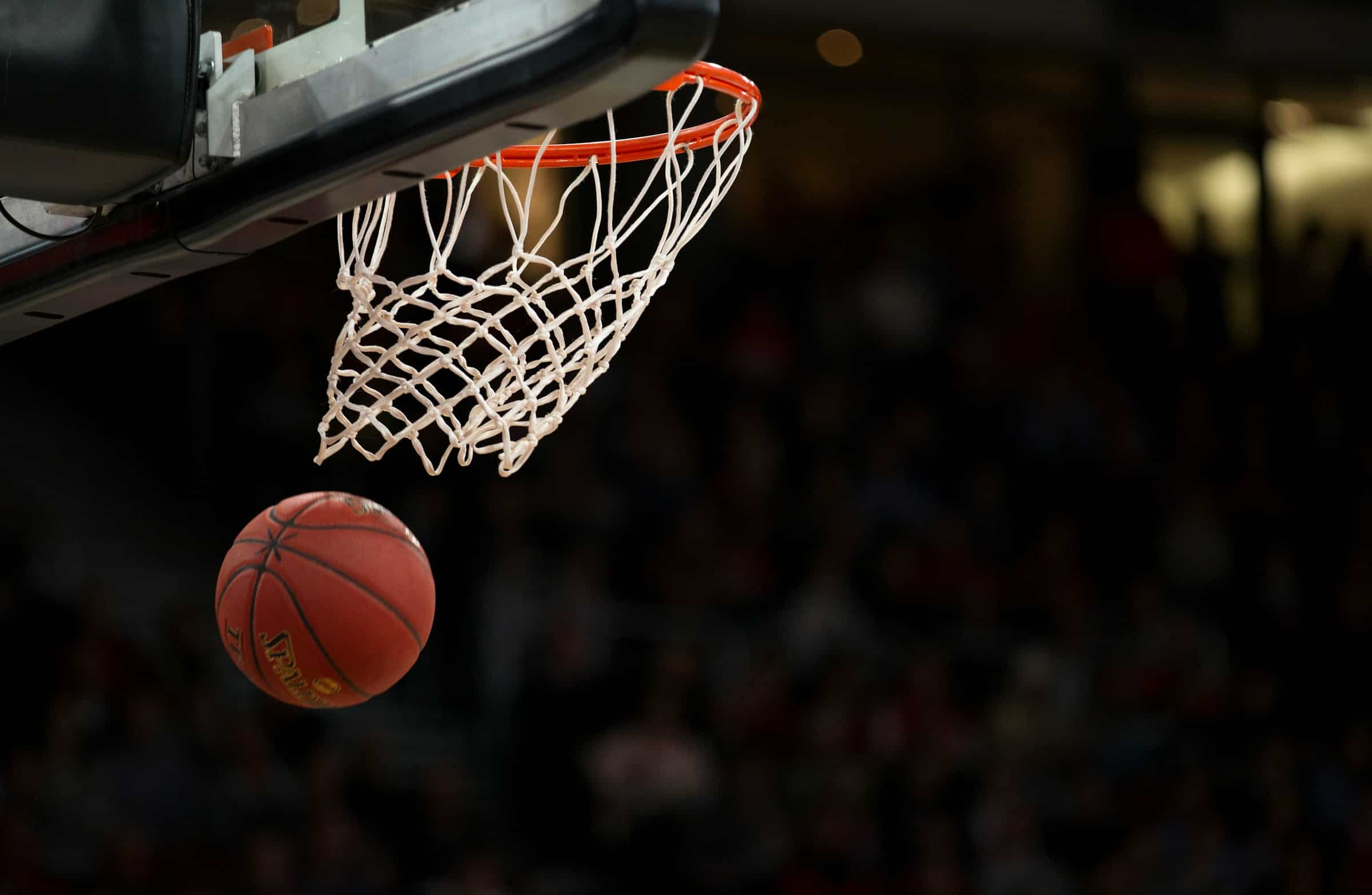Which mental visualization techniques can help UK basketball guards perform better under pressure?

In the fiercely competitive world of sports, every inch of advantage counts. Performance is not solely dependent on physical prowess; it is a delicate balance of physical and mental strengths. Particularly in UK basketball, a guard's performance can drastically improve or plummet under pressure. This article, with its basis on the latest scholarly studies, aims to shed light on mental visualization techniques that basketball guards can utilize to control anxiety, improve shooting skills, and ultimately enhance their overall athletic performance.
The Impact of Mental Training on Sports Performance
Before delving into the specifics, it's essential to understand the broader impacts of mental training on sports performance. Beyond honing physical skills, athletes are increasingly turning to mental imagery to gain a competitive edge. This discipline, often under-estimated, is now gaining traction within the sports world.
Dans le meme genre : How can plyometric training be tailored for UK basketball forwards to improve game-time leaps?
A study published on Google Scholar reveals that mental imagery or visualization is an integral part of an athlete's training regime, regardless of the sport. Mental training can improve performance through various means, such as enhancing concentration, boosting confidence, controlling emotional responses, and fine-tuning technical skills. For a basketball guard, these benefits directly translate into better decision-making, improved shooting accuracy, and heightened physical agility.
Visualization Techniques and Performance Under Pressure
The pressure in sports, especially in high-stakes games, can be overwhelming. Athletes often need to make split-second decisions, and their ability to perform under pressure can make or break a game. Mental imagery techniques can help athletes maintain their composure and execute their skills effectively, even under immense pressure.
Dans le meme genre : Which are the best tactical drills for UK basketball teams to enhance zone offense?
A study indexed in CrossRef, a scholarly database, demonstrated that athletes who used visualization techniques regularly were better equipped to handle pressure and exhibited improved performance compared to those who didn't. According to the study, athletes who practiced imagery were able to visualize themselves performing skills successfully under high-pressure situations, which significantly reduced their anxiety levels and enhanced their performance.
The Role of Imagery in Enhancing Shooting Skills
In basketball, shooting skills are crucial, particularly for guards who often take the decisive shots. Again, mental imagery comes into play, helping athletes improve their shooting skills. By visualizing successful shots repeatedly, players can increase their shooting accuracy and confidence.
A Google Scholar study shows that basketball players who regularly used visualization techniques had better shooting skills compared to those who solely relied on physical practice. The reason? Imagery allows players to mentally rehearse their shots, focusing on the mechanics and accuracy, without the physical wear and tear. Essentially, it offers a form of practice that is completely under their control, not affected by external factors such as weather conditions or physical fatigue.
Tailoring Visualization Techniques for Individual Athletes
The effectiveness of visualization techniques largely depends on how well they're tailored to individual athletes. Each player is unique, with different strengths, weaknesses, and psychological traits. Hence, it's necessary to personalize these techniques to each player for maximum effectiveness.
The focus should be on finding the imagery technique that resonates most with the athlete. For instance, a player who is more inclined towards the cognitive aspect might find it useful to visualize strategic plays, while players who are more emotional might focus on envisioning the euphoria of hitting the winning shot.
Another critical aspect is consistency and regular practice. Like physical training, mental training requires discipline and commitment. Athletes should incorporate it into their daily training routines for lasting and significant improvements.
Implementing Visualization Techniques: A Practical Approach
Knowing the importance and benefits of mental imagery is one thing, but implementing it is another. To reap the benefits, athletes should be guided on how to incorporate these techniques into their training regime.
Firstly, teaching athletes the basics of visualization is pivotal. This includes understanding what to visualize, how to visualize it vividly and in detail, and when to use these techniques. Secondly, athletes should be encouraged to practice these techniques regularly, just as they would with physical training.
Finally, coaches and trainers should provide feedback and adjustments to ensure athletes are using these techniques effectively. For instance, if a player struggles with shooting under pressure, the coach should guide the athlete to visualize and rehearse that specific scenario until the player feels confident in handling it in real life.
In conclusion, mental visualization techniques offer athletes a powerful tool to bolster their performance, particularly under pressure. With proper understanding, implementation, and consistent practice, UK basketball guards can leverage these techniques to improve their shooting skills, control anxiety, and enhance their overall athletic performance.
Mental Toughness and the Power of Visualization
In the realm of sports, particularly in UK basketball, mental toughness plays a pivotal role in an athlete's performance. This concept revolves around an athlete's ability to persevere through difficult circumstances, maintain focus and confidence, and perform under high pressure. It's no surprise then that many athletes seek ways to enhance their mental toughness, and one such effective method is through visualization techniques.
Diving into studies available on Google Scholar and PubMed Crossref, it becomes evident that mental visualization can significantly augment an athlete's mental toughness. By using imagery training, players can mentally rehearse different situations, identify potential challenges, and strategize their responses. This allows them to develop a mental resilience and preparedness that can translate into improved performance on the court.
A notable study on Crossref Google demonstrated that athletes who engaged in mental imagery were able to better withstand pressure and maintain their performance levels during high-stakes games. They were able to not only visualize successful outcomes but also mentally prepare for potential setbacks, making them better equipped to handle real-life scenarios.
For a basketball guard, who is often entrusted with making crucial plays and shots, such mental toughness can be an invaluable asset. By visualizing successful free-throws or three-point shots, they can enhance their self-confidence, thereby improving their shooting accuracy and overall performance.
Conclusion: Visualization as an Essential Component of Training Regimes
There is no doubt that physical training is a key component of an athlete's preparation. Yet, as the studies cited in this article demonstrate, mental visualization techniques can offer a significant competitive advantage. The impact of such techniques is not isolated to one aspect of the game but permeates through all aspects of the sport.
Whether it's improving shooting skills, enhancing mental toughness, or performing under high pressure, mental visualization techniques can provide sizable improvements. These techniques can be tailored according to individual needs, making them a versatile tool in an athlete's arsenal.
However, as with any other training technique, the key to success lies in consistent and disciplined practice. Athletes should incorporate mental visualization into their daily routines, treating it as an essential part of their training regime. Coaches should also play an active role in this process, guiding the athletes, providing feedback, and ensuring the techniques are being used effectively.
In conclusion, the power of mental visualization techniques is clear. They offer a pathway for UK basketball guards to control their anxiety, refine their shooting skills, and ultimately, boost their athletic performance. The world of sports is evolving rapidly, and those who can harness the power of their minds, in addition to their physical skills, will be the ones who stand at the top.
